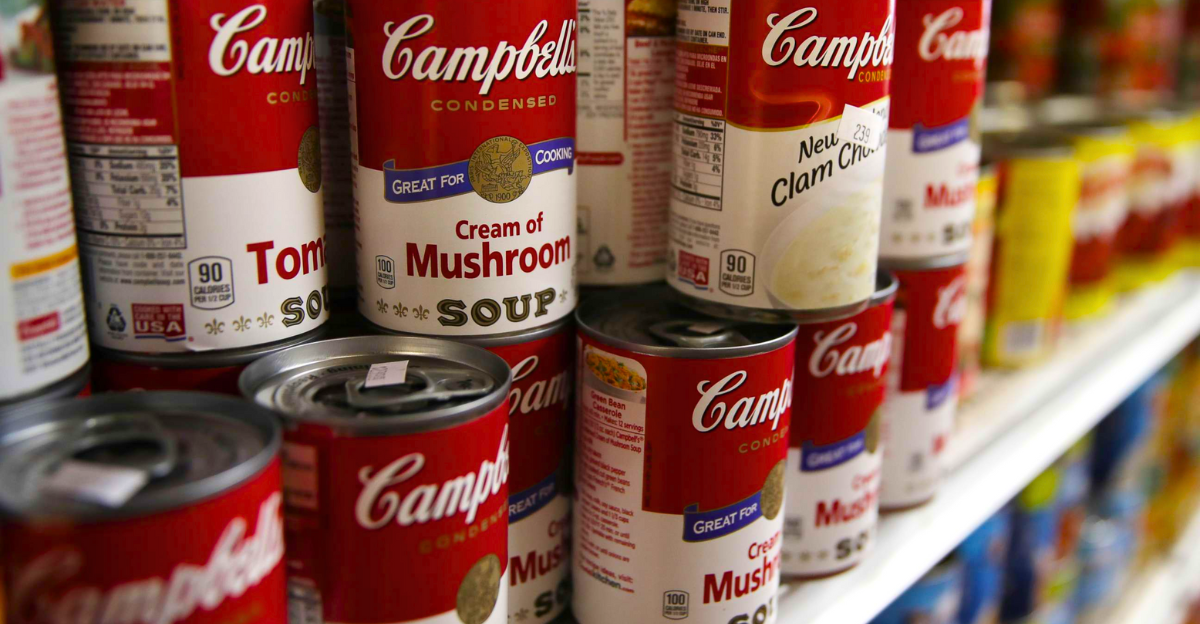
One of the most iconic household brands in America is currently facing an unthinkable environmental crisis. For many years, families have loved this company’s products, without knowing that behind closed doors, thousands of federal violations were quietly accumulating.
Let’s take a look at how one trusted company’s actions triggered a major investigation, putting its legacy and social license in question.
Not a One-off
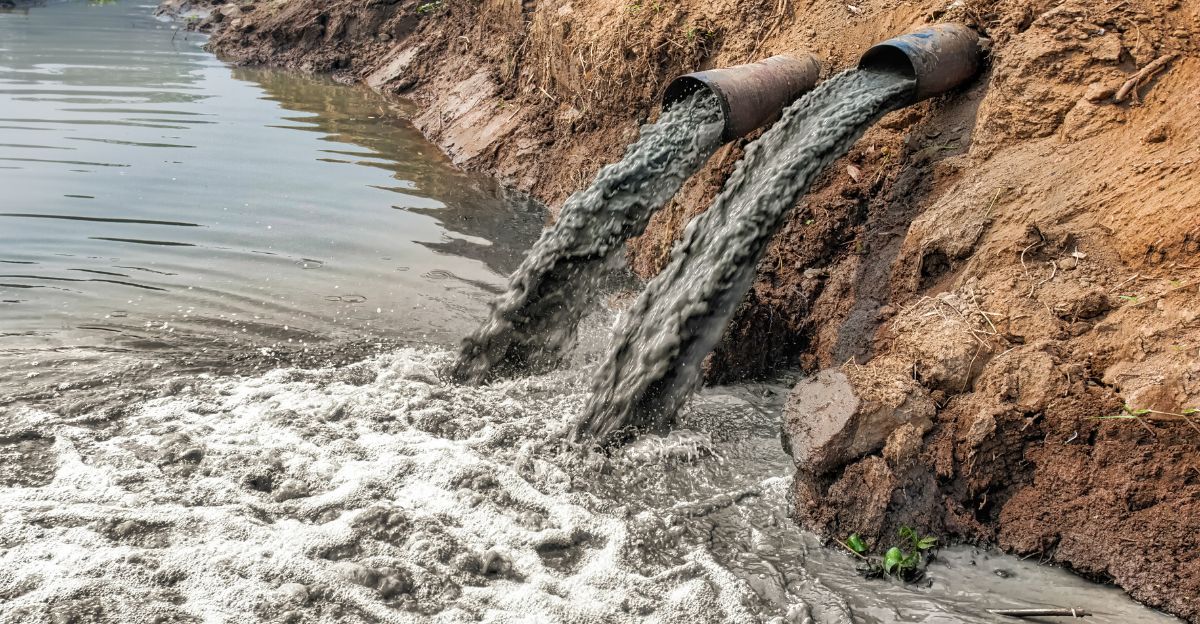
What began as a few troubling incidents has now turned into a persistent pattern. Over seven years, this trend continued unchecked, each year bringing more evidence that illegal discharges into local waterways were more than just isolated mistakes.
The company did not publicly address these environmental issues until it became impossible to ignore.
A River’s Silent Struggle
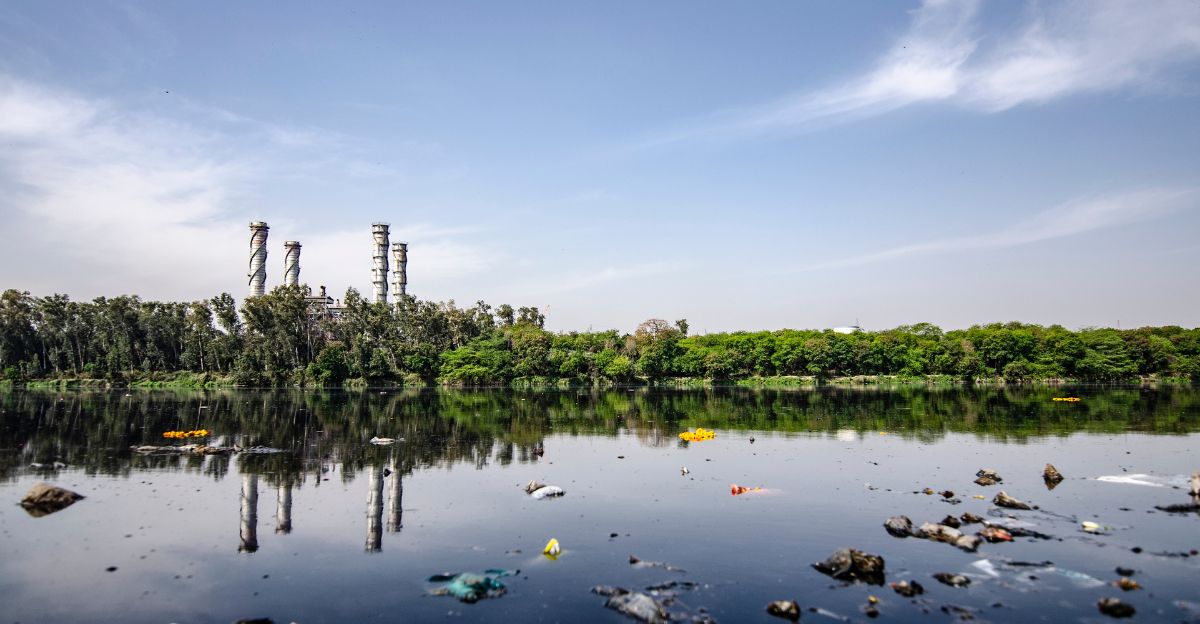
The consequences quietly accumulated as polluted water from a major factory flowed into an important river. The Maumee River, which is vital for recreation and agriculture, became increasingly burdened by toxic runoff.
Local communities did not know about this, only noticing subtle changes like tainted water, fishing restrictions, and affected crops, long before any corporate confession came to light.
More Than a Business
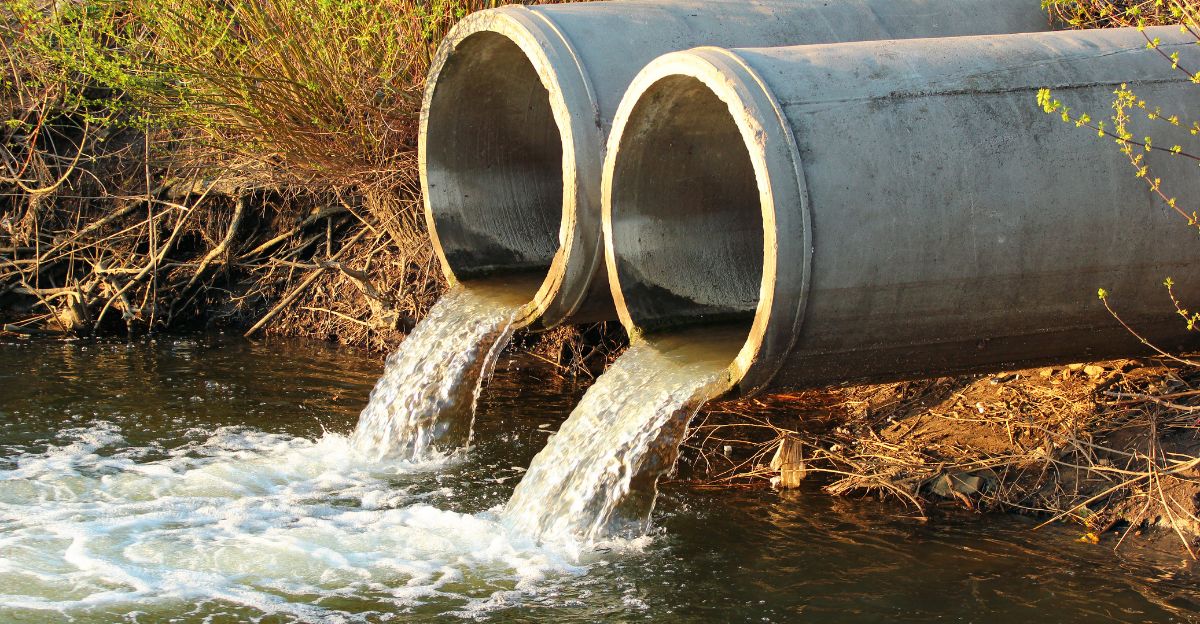
This company wasn’t just a business; it was a staple found in homes, schools, and stores across America. For decades, its products were known for comfort and tradition.
Its largest factory has operated in the Midwest since the 1930s, cementing regional roots and deep community ties that make the unfolding environmental situation even more shocking and personal.
Campbell Soup Company
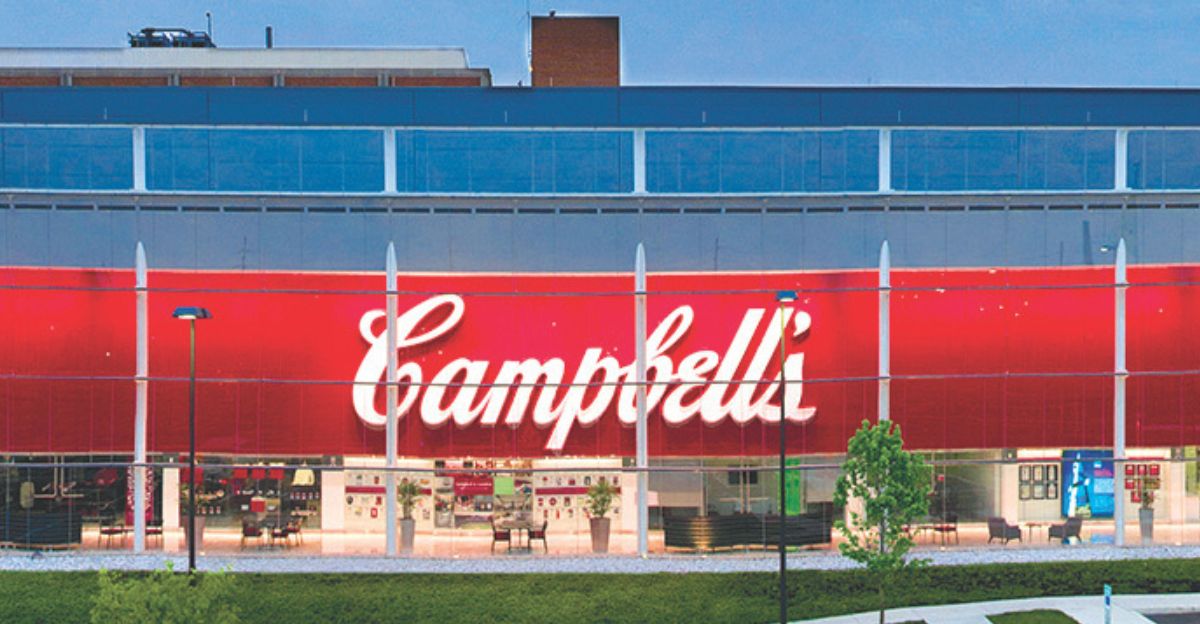
But what’s really going on? According to USA Today, Campbell Soup Company has confessed to 5,468 illegal discharges at its Napoleon, Ohio, plant between 2018 and 2025, in violation of the Clean Water Act.
Regulators, advocacy groups, and citizens now have confirmation that this isn’t some rumor or speculation but a documented pattern of environmental harm from a well-known food manufacturer.
Permits Broken

Most companies, including Campbell, are granted permits to release limited amounts of wastewater under federal law. However, Campbell exceeded permitted contamination levels, breaking these legal agreements more than 5,000 times.
This isn’t just paperwork; it means dangerous substances entered rivers, risking wildlife, water quality, and public health for years.
What Was in the Water?
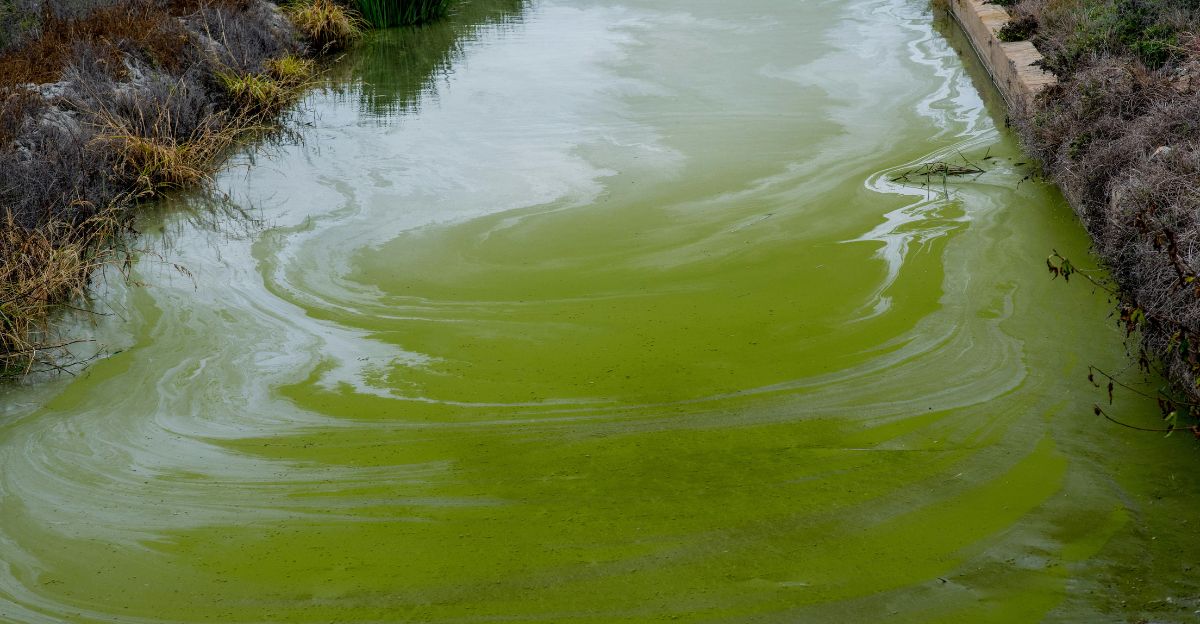
The discharges included pollutants like residual chlorine, E. coli, phosphorus, ammonia, oil, and grease. Together, these substances are able to devastate local ecosystems, endanger fish and wildlife, and disrupt drinking water supplies.
Each violation affected people living downstream in ways that are not easy to reverse.
Volume Over Years
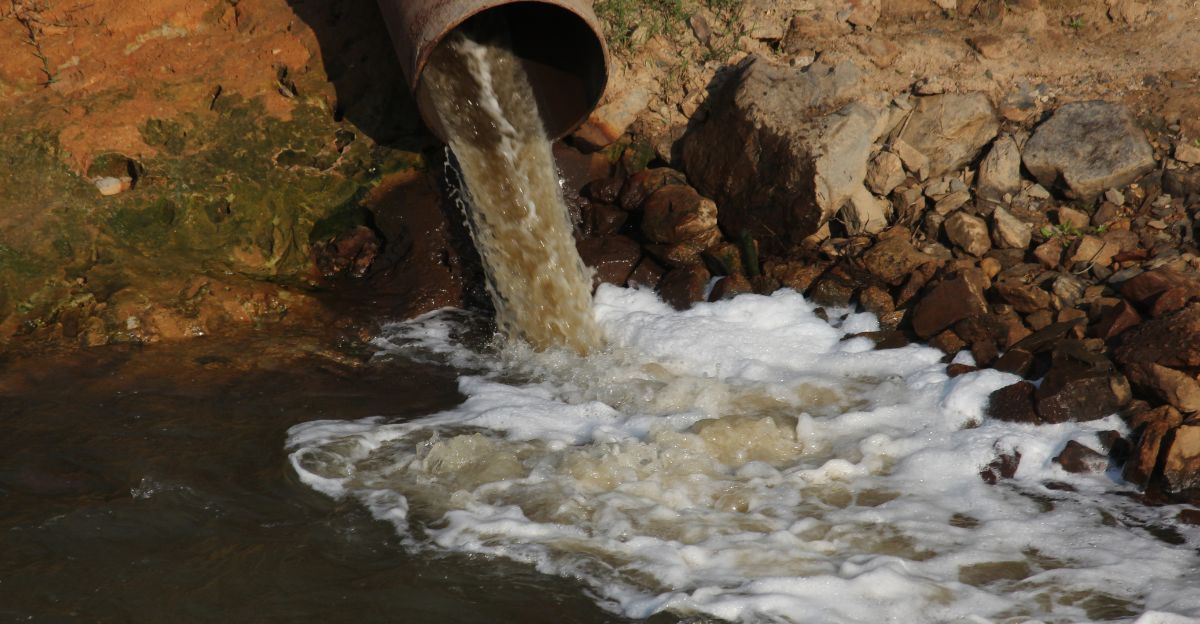
Campbell was releasing millions of gallons of wastewater at its Ohio plant daily. While the overall volumes stayed within the limits of its permit, the facility kept getting flagged for letting certain toxins run too high.
By overlooking those specific limits over time, the company worsened the problem, leaving behind long-term problems for water management.
Ripple Effects
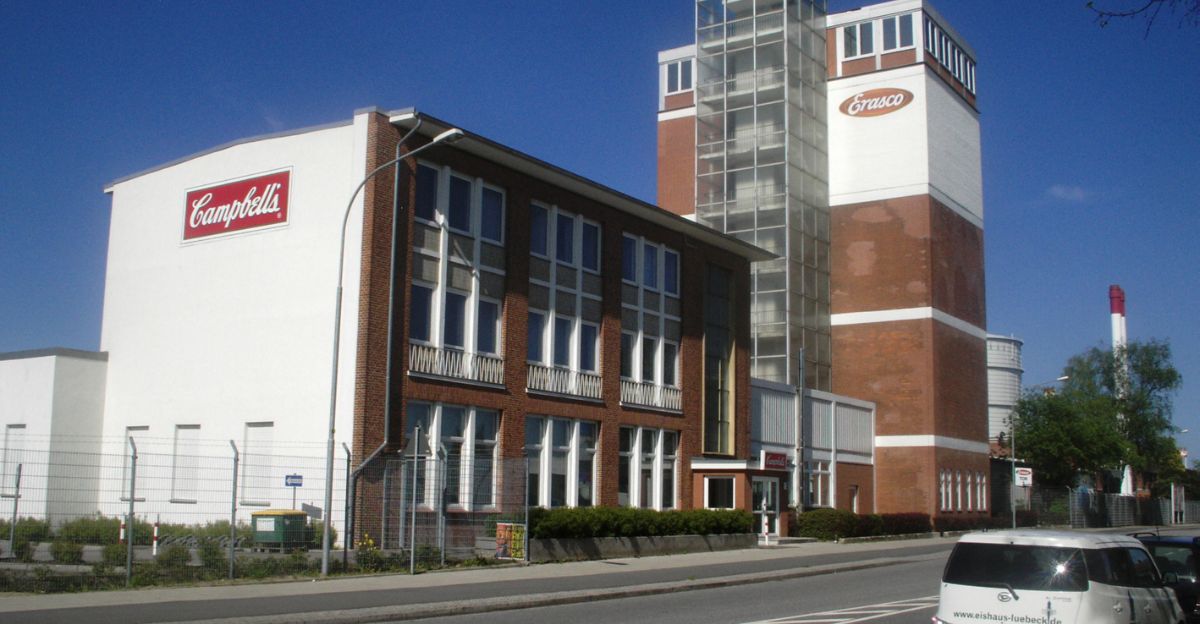
The pollution didn’t just stop at the riverbank. Excess phosphorus from Campbell’s discharges fed toxic algae blooms in Lake Erie, risking the health of humans and animals.
These blooms have led to drinking water bans, mass fish kills, and expensive cleanup efforts, making environmental damage an expensive, region-wide concern.
Decades of Damage
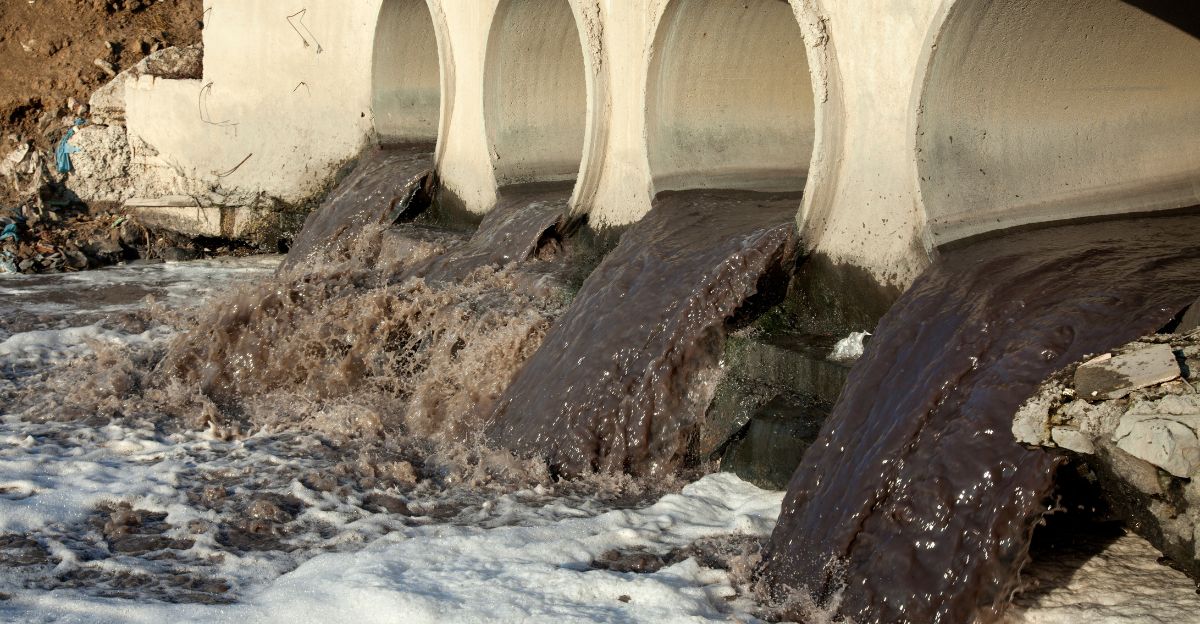
Over seven years, Campbell’s illegal discharges became one of the Midwest’s biggest environmental crises.
More than 5,400 violations fed persistent pollution, outstripping typical enforcement and contributing to chronic water issues. The company’s actions aren’t just an isolated event; this is an entrenched pattern with far-reaching impact.
Human Consequences
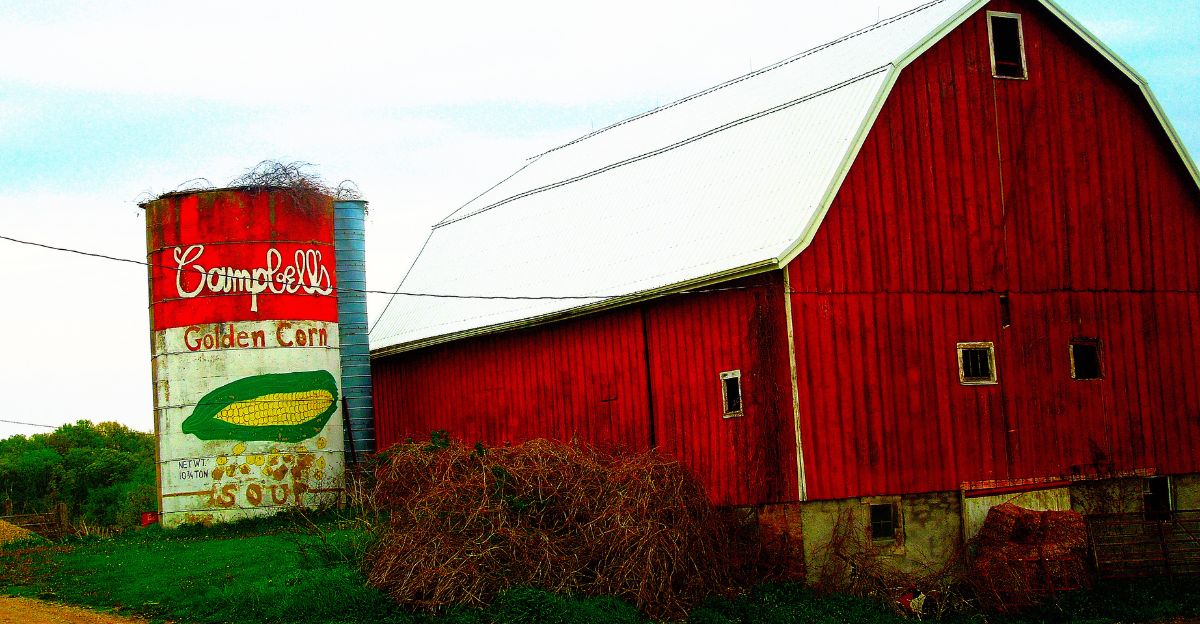
For people living near the Maumee River, daily life began to change. Reports of health risks, skin irritations after swimming, and bans on recreational fishing quickly multiplied as this pollution worsened.
For farmers and city residents, the contaminated water brought fear and frustration, with no answers from the company until official investigations broke through the silence.
Government and Activist Response
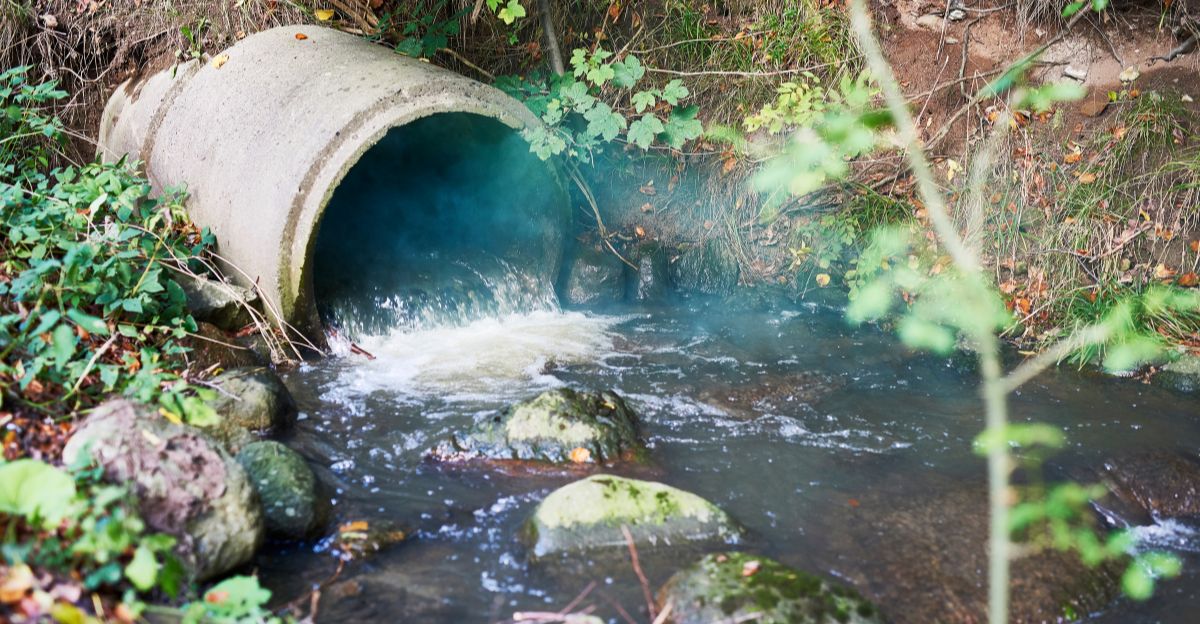
In 2024, environmental groups and local advocates teamed up with the EPA to file lawsuits against Campbell, pushing for stricter accountability and hefty penalties.
These lawsuits resulted from years of pressure, challenging not only the company’s practices but also the broader standards of oversight and corporate responsibility in American food production.
Campbell’s Admission
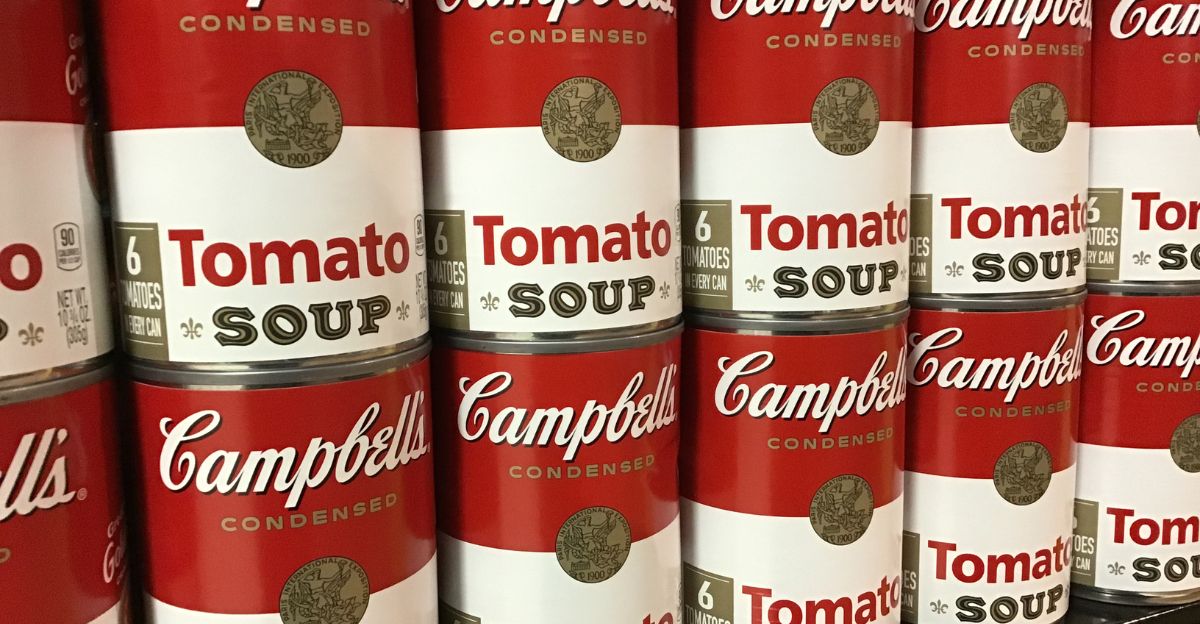
In September 2025, Campbell Soup admitted liability for these 5,468 violations, publicly accepting the regulatory record and agreeing not to dispute the numbers in court.
The confession marked a turning point, ending years of denial. The company now faces ongoing litigation and possible penalties to be decided in Federal proceedings.
Shifting Blame Game
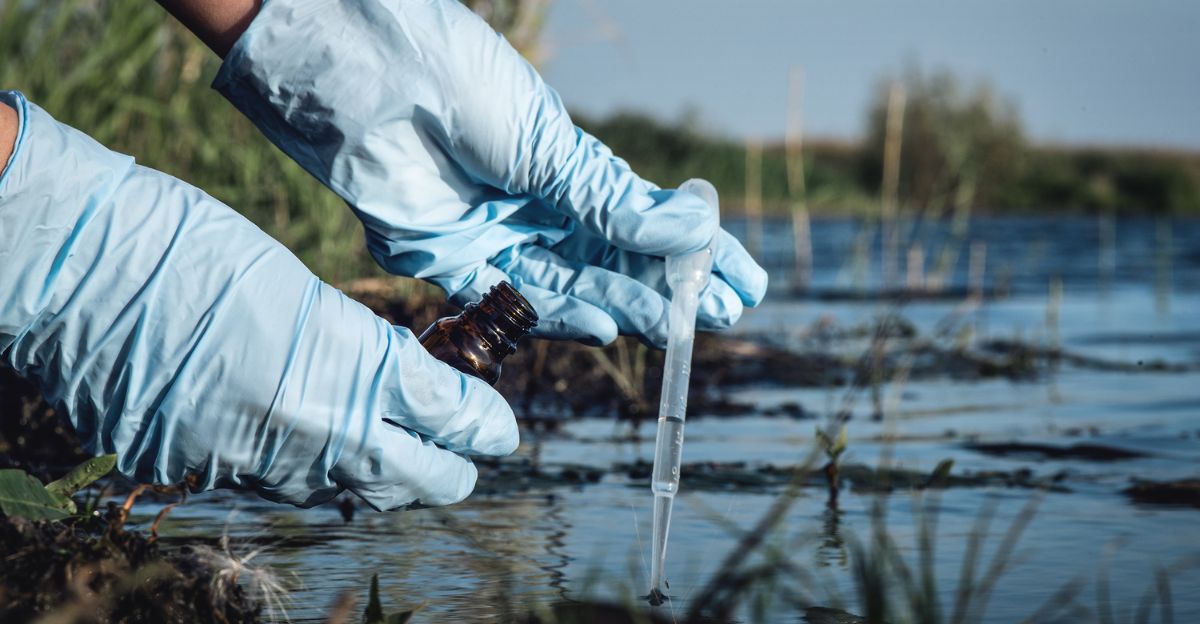
While Campbell acknowledged its violations, its official statements insisted the environmental harm was minimal, a stance at odds with years of local evidence and mounting scientific concern.
This rhetorical maneuvering shows how major brands can shape public perception, despite persistent regulatory findings and community outrage.
Legal Penalties Loom
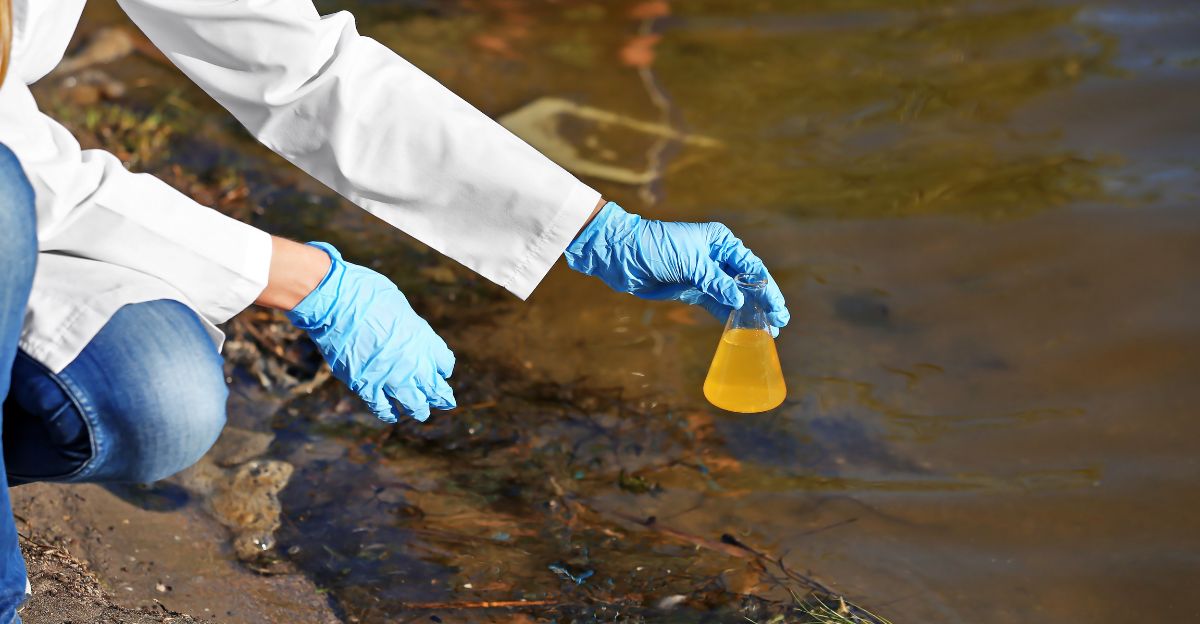
The outcome of Campbell’s legal battle is still uncertain. Civil trials will determine the financial penalties and the extent of corrective action.
Federal agencies and local groups have demanded lasting reforms to prevent future violations, setting a precedent for how environmental infractions by major companies will be handled in the future.
Historic Context
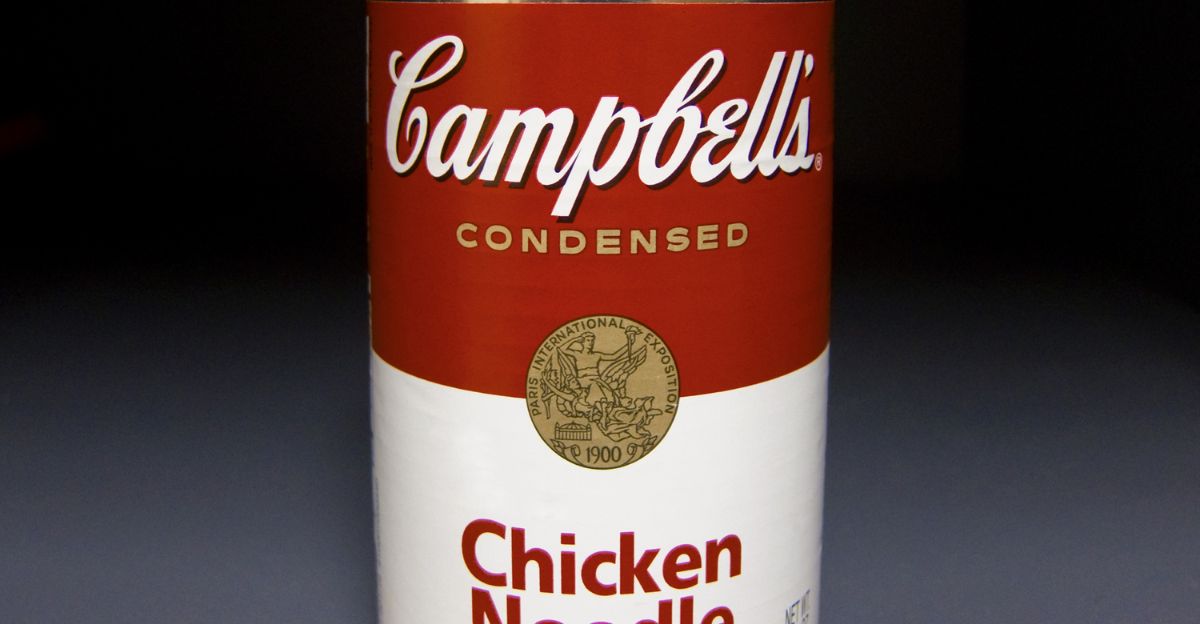
The Napoleon facility has been part of Campbell’s operations for over 85 years, but only recently has its environmental footprint attracted national scrutiny.
This case prompts questions about legacy manufacturers and the oversight gaps that allowed pollution to go unchecked for so long, despite changing laws and community expectations.
Industry Pattern
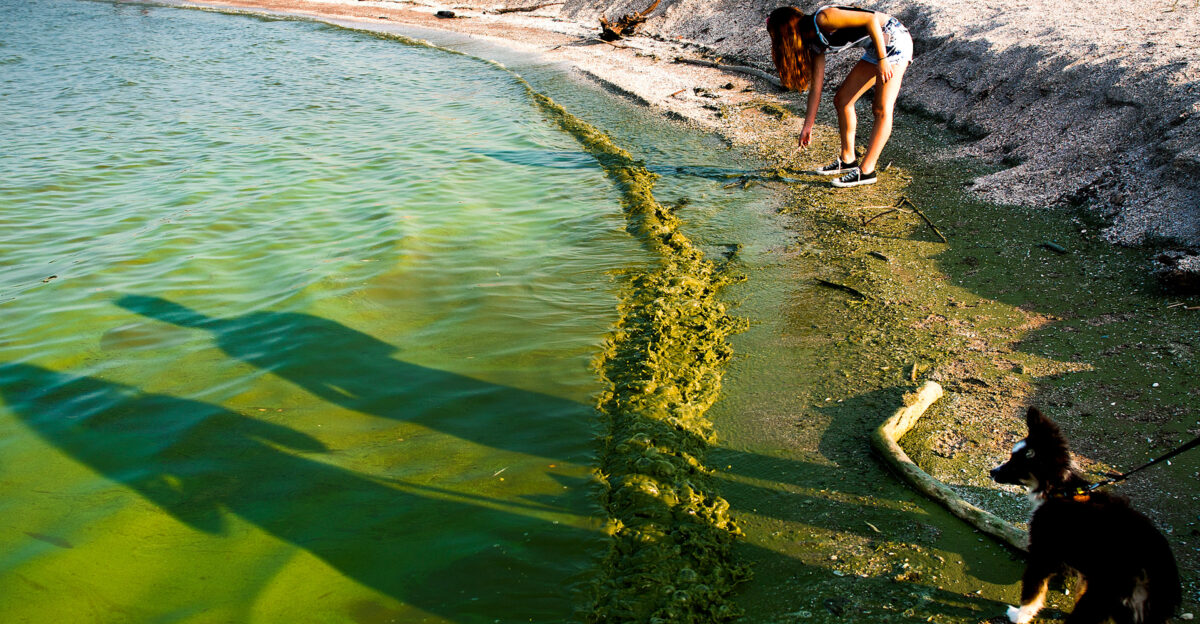
However, Campbell Soup isn’t the only brand to face scrutiny.
Several factories and municipalities along the Maumee River have encountered similar enforcement actions, reflecting a nationwide push to tighten pollution controls and modernize water management for the protection of future generations.
Pressure on Campbell’s Future
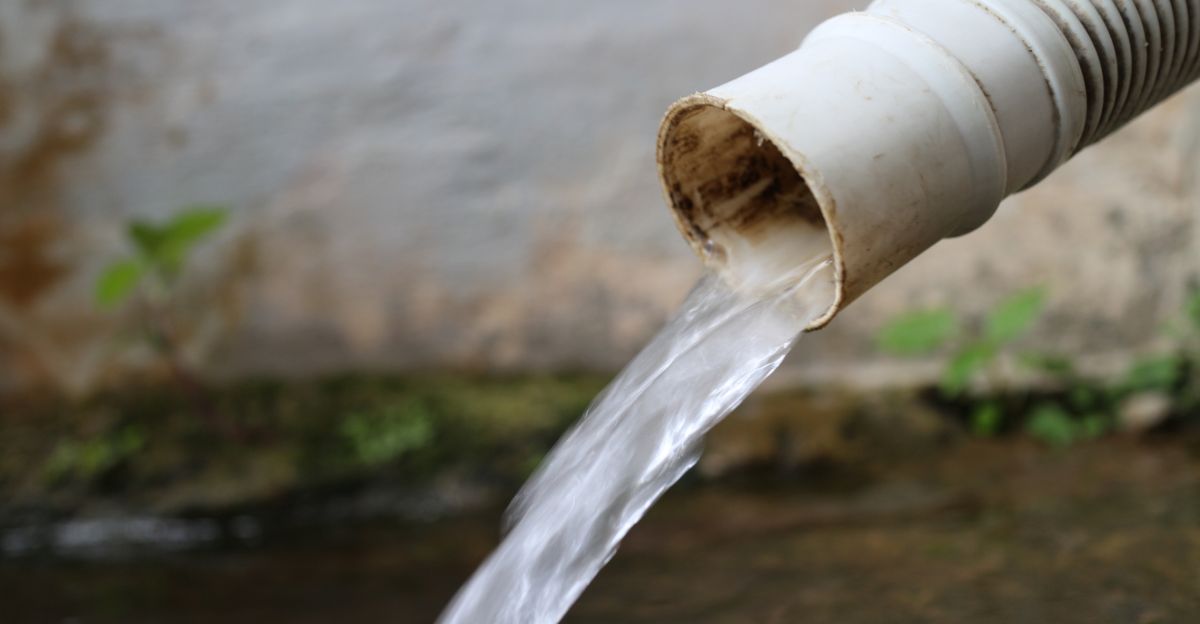
Investors, policy advocates, and local officials are paying close attention to Campbell’s promised reforms. Public trust in iconic brands now hinges on product quality and long-term environmental stewardship.
This pivotal moment could define whether Campbell’s leadership sets new standards—or whether it risks further backlash.
Restoring the River
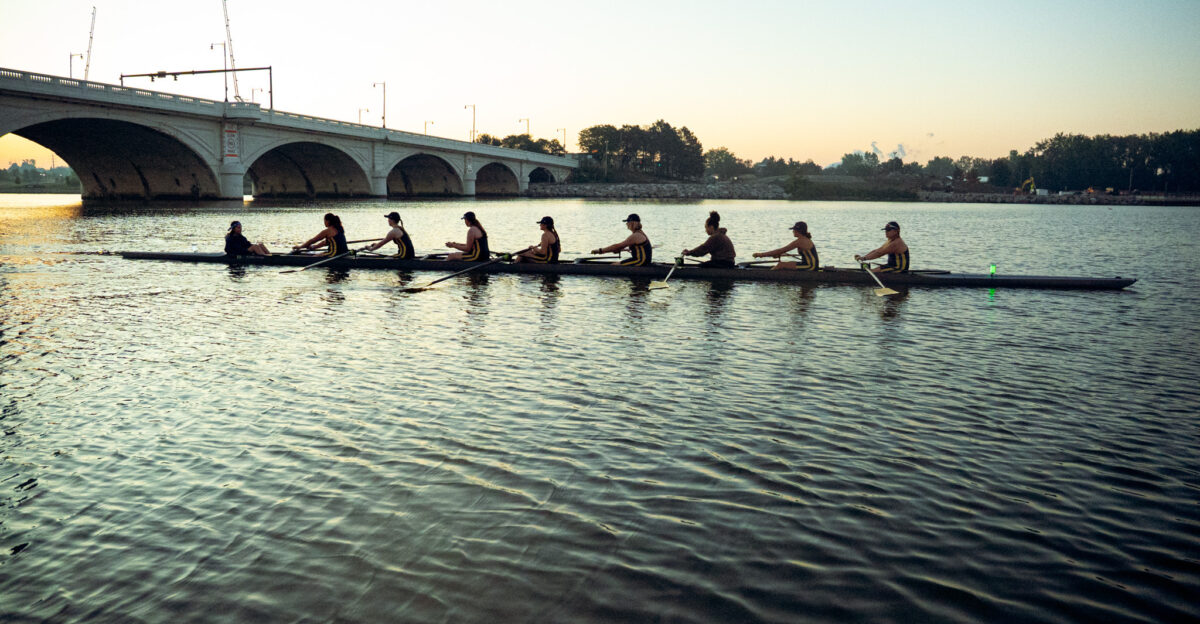
Cleanup of the Maumee and surrounding areas will require years of effort, expensive treatment upgrades, and renewed transparency.
Grassroots organizations are demanding sustainable solutions, calling for investments in monitoring, infrastructure, and ongoing corporate accountability to revive one of Ohio’s most important natural resources.
Reflection
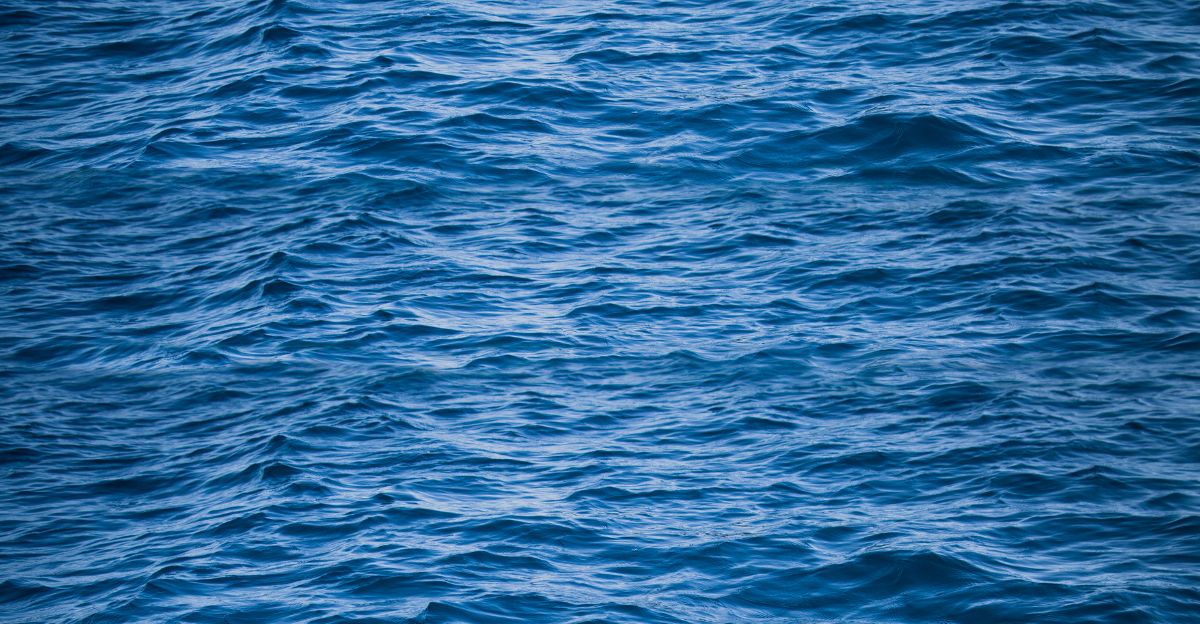
Campbell’s confession raises tough questions about the future: will this spark broad industry reform, or does it just underscore the difficulty legacy brands face in meeting modern environmental standards?
The verdict could shape not only Campbell’s legacy, but also the expectations for all major American corporations entrusted with public and environmental well-being.